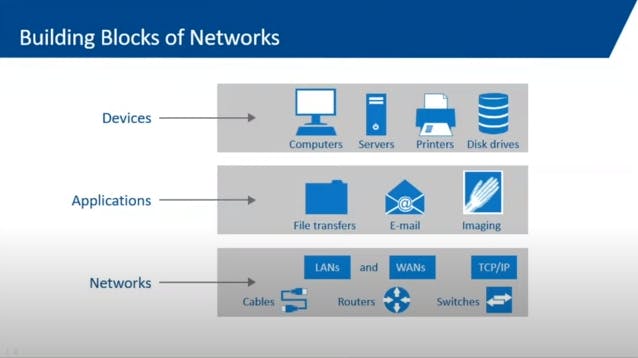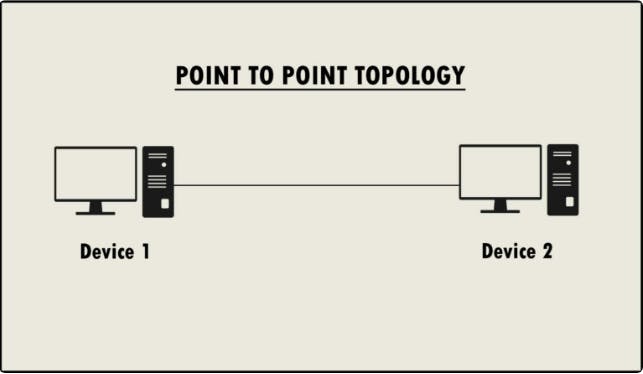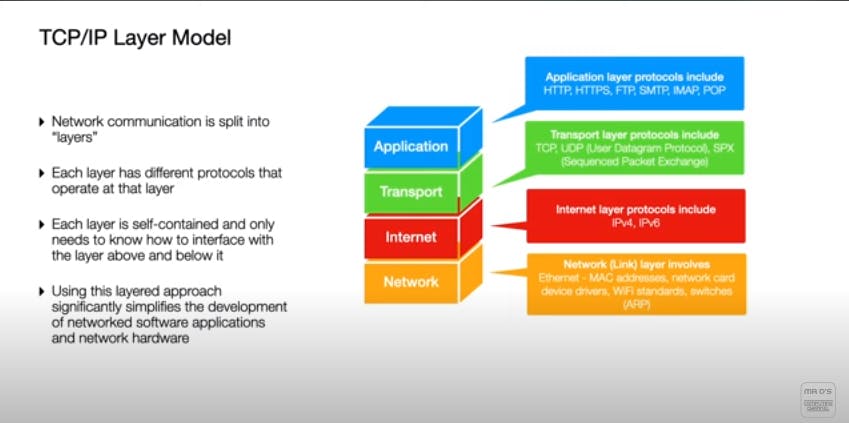Basic elements of computer networking
A computer network is two or more networks connected by a media, and those two computers have an app that shares. Networking is about sharing resources and information. Networking can be as basic as plugging a printer into a computer and synchronizing your phone with your Laptop. It is two devices connected with a cable sharing information.

Devices could be a mobile phone, an actual computer a server working on the backend. It could also be a storage. A disk through which data is sent back and forth. The app sharing information ranges from a web browser to an emailing application etc. Networks are the connection it the media. It ranges from cables to wireless, fiber optics, or electricity. We have some networks that are small and are called Local area networks LAN some other networks are large and cover a large geographical area known wide area networks WAN. Network connections also have protocols TCP/IP that helps to connect our data over the internet.

Network Types:
These can be defined based on how large they are, essentially based on their scope.
PAN: (personal area network) Your headset is connected to your phone which in turn is connected to your car. In this kind of connection, your reach is limited to a few feet.
LAN: This is in one geographic location but with different users eg an organization and its staff or visitors of the organization. It is usually governed by one administrator for the employees of the organization. Sometimes LAN can be different buildings interwoven together in a single geographic location e.g schools, hospitals these are called Campus Area networks. It is still managed by one administrator notwithstanding that there are several buildings.
WAN: A wide area network (also known as WAN), is a large network of information that is not tied to a single location. WANs can facilitate communication, the sharing of information, and much more between devices from around the world through a WAN provider. WANs can be vital for international businesses, but they are also essential for everyday use, the internet is considered the largest WAN in the world.
Network Topology:
Network topology refers to the physical or logical layout of computer networks. It describes how the various devices in a network are connected to one another and how data is transmitted between them.
There are several types of network topologies, including:
Point-to-point Topology:
In this topology, two nodes are usually placed near each other. The node can also be a router or hub. In the case of a router or hub, one connection is made between a computer and a router, hub, or switch. The communication between two nodes can be either simplex, half-duplex, or full-duplex. In the simplex mode of communication, only one node can send data. In half-duplex, both devices (nodes) can send data but one at a time. In full-duplex, both devices can send data at a time.

Bus Topology:
In this topology, all devices are connected to a single cable called the bus. Data travels along the bus and is received by all devices connected to it. It is not very efficient, early ethernet standard. It is considered obsolete topology

Star Topology:
In this topology, each device is connected to a central device, such as a hub or switch. Data travels from one device to another through the central device. Very efficient but there is an issue with a single point of failure.
Ring Topology:
In this topology, devices are connected in a circular loop. Data travels in only one direction around the ring, with each device repeating the data before passing it on to the next device. A good example of ring topology is Synchronous Optical Network (SONET): Synchronous Optical Network, or SONET. A communication protocol called SONETcreated by Bellcore and is used to send a lot of data over relatively long distances using optical fiber. Multiple digital data streams are transmitted simultaneously over the optical fiber with SONET.
Mesh Topology:
In this topology, each device is connected to every other device in the network. This creates multiple paths for data to travel, which can increase network resilience and reduce the risk of data loss. A true mesh connection is very expensive to set up and maintain because it requires a lot of cabling. To set up five devices, you need about 10 cables with more devices the cable need increases exponentially.
Partial Mesh Topology:
Partial mesh networks are highly robust and if a user loses connection still data will not be lost as data is not hosted centrally in one location. Partial mesh topology creates datasets with better management capabilities and integrity. There is validation and tracking for any misconduct that occurs. The internet is a mixture of stars, rings, and partial meshes which helps to manage redundancy. With the internet, there is no complete failure cause if one fails the device simply looks for another route.
Tree Topology:
In this topology, devices are connected in a hierarchical structure, with multiple levels of branching. Data travels from one level to another, with the highest level being the root of the tree. The choice of network topology depends on the specific needs and requirements of the network. Some factors to consider include the size of the network, the number of devices that need to be connected, the distance between devices, and the level of redundancy or fault tolerance required.
Protocols in Computer Networking:
The four layers of the TCP/IP Model include:

Network Access Layer:
The network interface layer, commonly referred to as the data link layer, is the physical interface between the host system and the network hardware.It defines how data packets are to be formatted for transmission and routings.
Internet Layer:
The Internet layer, also known as the network layer or IP layer accepts and delivers packets for the network. This layer includes the powerful Internet Protocol (IP), the AddressResolution Protocol (ARP), and the Internet Control Message Protocol (ICMP).
Transport Layer:
The host-to-host transport layer (sometimes called“host-to-host” or, more commonly, just “transport,” which we use here) connects the Internet layer to the application layer. It is where applications are addressed on a network via ports.TCP and UDP are TCP/IP's two transport layers.
Application Layer:
The application layer is the highest abstraction layer of the TCP/IP model that provides the interfaces and protocols needed by the users. If the user wants to communicate with various networking systems, this layer combines the functions of interfacing with various applications like data encoding, data translation, and provisions.
How do we get online:
Cable
Fibre
Dial-up
Wireless
Ymax
Cellular:3g 4g 5g
Wifi hot spot
Satellite
All these access technologies are associated with different costs, speed e.t.c